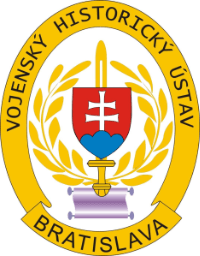Československé strategické a doktrinální myšlení mezi lety 1945 a 1948
Czechoslovak Strategic and Doctrinal Thinking between 1945 and 1948
Autor: POLNAR Stanislav
POLNAR, Stanislav: Československé strategické a doktrinální myšlení mezi lety 1945 a 1948
POLNAR, Stanislav: Czechoslovak Strategic and Doctrinal Thinking between 1945 and 1948.
Vojenská história, 23, 4, 2019, pp. 137-150.
The study analyses the Czechoslovak strategic and doctrinal thinking between 1945 and 1948. There were no idealistic visions about the position of Czechoslovakia as the bridge between the East and West of Europe among the political representatives of that era. This was supposed to address the questions of international relationships, business exchange as well as defence policy. However, the fact that the Soviet Union liberated a majority of the Czechoslovak territory enforced the Sovietization of the domestic warfare, which is proved by the Košice Government Program. Germany remained in the position of the main enemy, even if it was questionable whether or not it could actually impose a threat for Czechoslovakia. However, there were voices both among the domestic politicians and military experts saying that aggression can arrive from different directions, such as Hungary. The army doctrine focused on the technical questions, in particular the army and the tank troops development. Even the partisan war concept and nuclear conflict possibility were accepted, even if the United States of America did not have any nuclear strategy for the European war area just after 1945.
Keywords: Military History. Military Strategy – Military Doctrine – Army Doctrine – Third Republic – Czechoslovak Foreign Policy between 1945 and 1948
DOI: https://doi.org/10.69809/vojhist.2019.23.4.7
Ročník: 23 | Číslo: 4/2019 | Stránky: 137-150










